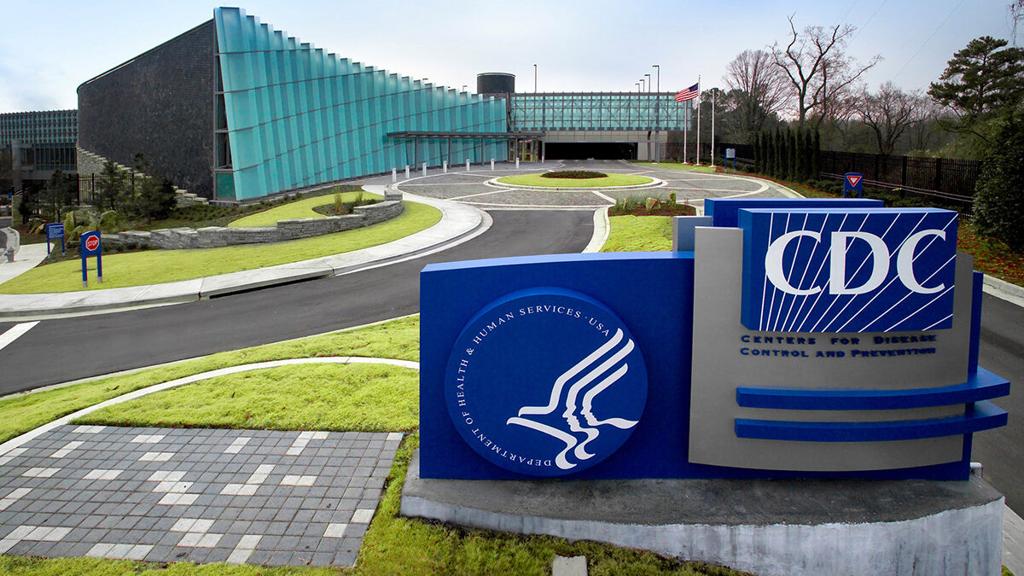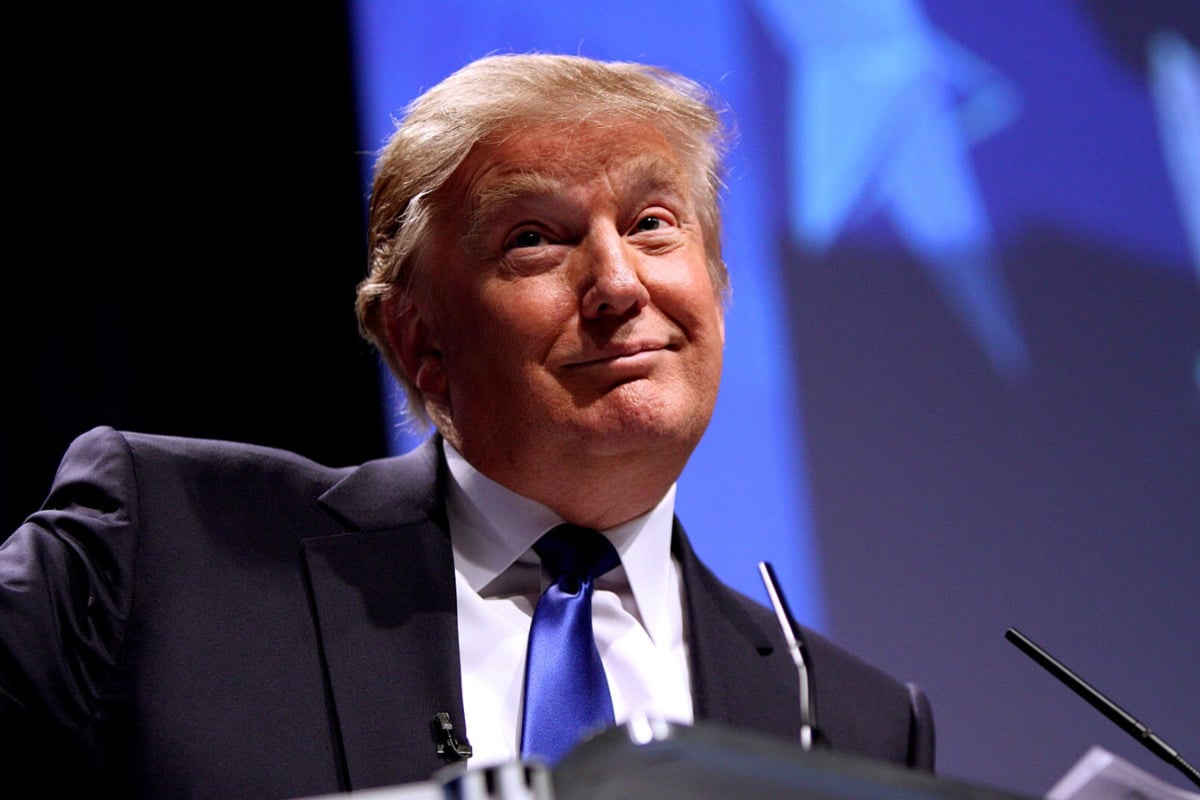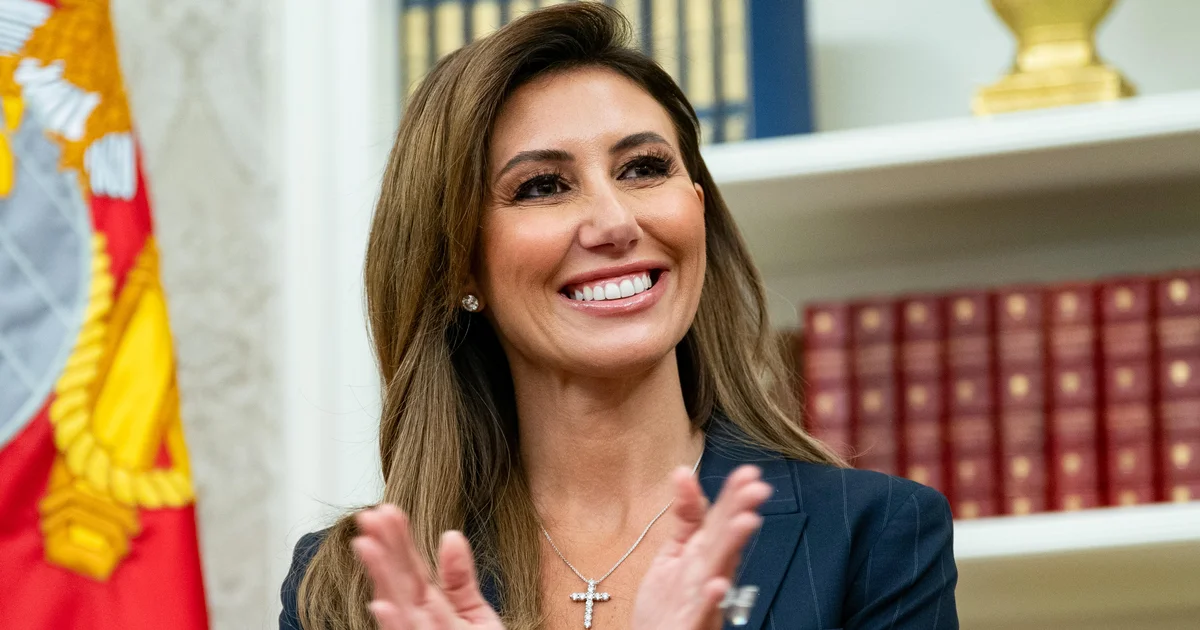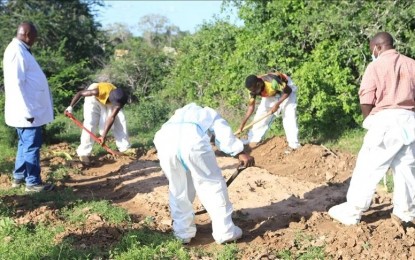In a move that has sent shockwaves across America’s public health community, the Centers for Disease Control and Prevention (CDC) permanently dismissed 600 employees as part of an internal restructuring effort. The decision, which officials framed as “a necessary modernization strategy,” has sparked debates about the agency’s role, efficiency, and preparedness in addressing future health crises.
- Background: The CDC at a Crossroads
- The Layoffs: What Happened?
- Why the Restructuring Was Deemed Necessary
- Employee Reactions: Fear and Frustration
- Expert Opinions: A Divided Reaction
- Political Dimensions: The Washington Factor
- Public Trust at Stake
- The Global Impact
- Looking Ahead: What Comes Next for the CDC
- FAQs
- Conclusion
The dismissals mark one of the largest workforce cuts in CDC history, reflecting deeper issues within the agency’s structure, funding priorities, and public trust after years of mounting scrutiny. For many, the layoffs raise questions: Why now? What does this mean for U.S. health security? And how will this affect the CDC’s ability to respond to outbreaks in an era of unpredictable global health challenges?
This article explores the restructuring in depth—unpacking the reasons, implications, expert reactions, and what lies ahead for one of the most important health agencies in the world.
Background: The CDC at a Crossroads
Founded in 1946 to combat malaria in the American South, the CDC has grown into a global authority on public health, employing more than 13,000 people in fields ranging from epidemiology to data analysis. For decades, it has been the frontline agency for fighting infectious diseases like HIV/AIDS, Ebola, Zika, and most recently COVID-19.
But in recent years, the CDC has faced sharp criticism. From pandemic-era communication failures to bureaucratic inefficiencies, public trust in the agency has waned. A 2023 survey found that only 52% of Americans expressed confidence in the CDC’s leadership, compared to nearly 80% in 2015.
The internal restructuring, therefore, comes at a time when the agency is trying to rebuild credibility, streamline operations, and adapt to modern challenges such as climate-related health risks, bioterrorism concerns, and digital surveillance of diseases.
The Layoffs: What Happened?
CDC Director Dr. Mandy Cohen confirmed that 600 employees were permanently dismissed in August 2025, describing the move as part of a “strategic realignment” to make the agency more agile.
The employees affected were spread across multiple divisions, including:
- Chronic disease prevention programs
- Regional epidemiology offices
- Administrative and communications staff
- Certain laboratory research units
According to insiders, the layoffs were not performance-based but rather structural. Positions deemed redundant under the new organizational model were eliminated.
“We are not shrinking the CDC’s mission,” Cohen said in a statement. “We are strengthening it by ensuring that every role directly supports our ability to prevent, detect, and respond to health threats.”
Why the Restructuring Was Deemed Necessary
The CDC cited three primary reasons for the cuts:
Streamlining Bureaucracy
Over time, the agency had become weighed down by overlapping roles and duplicated efforts. The restructuring aims to remove layers of bureaucracy that slowed down decision-making during crises like COVID-19.
Digital Transformation
Much of the CDC’s future strategy relies on AI-driven disease modeling, real-time data collection, and advanced analytics. This requires fewer traditional administrative roles and more investment in technology.
Budgetary Pressures
While the CDC’s annual budget exceeds $12 billion, competing national priorities—defense spending, inflation management, and Medicare costs—have put pressure on government agencies to “do more with less.”
A senior official noted, “This isn’t about saving money; it’s about repurposing resources to align with emerging health risks.”
Employee Reactions: Fear and Frustration
The layoffs triggered an outpouring of frustration among staff. Some employees, many with decades of service, described the decision as a betrayal of commitment to public service.
“I gave my career to this agency, working through SARS, Ebola, and the darkest days of COVID,” said one dismissed epidemiologist. “To be told my role is no longer relevant feels like a slap in the face.”
Unions representing federal employees have criticized the move, arguing that the cuts may undermine morale and weaken institutional memory. In a statement, the American Federation of Government Employees warned that “you cannot replace decades of experience with software.”
Expert Opinions: A Divided Reaction
Experts are divided on whether the restructuring will help or hinder the CDC.
Supporters argue that the agency had become outdated, slow, and politically vulnerable. Streamlining operations and focusing on digital health tools may allow it to act faster during future outbreaks.
Dr. Ashish Jha, former White House COVID-19 Response Coordinator, remarked: “The CDC must adapt. The old model was not working. These changes may feel painful, but they are necessary for modernization.”
Critics warn that losing 600 employees, particularly experienced scientists, could erode the agency’s capacity to respond to health emergencies. They fear the CDC may be prioritizing efficiency at the expense of expertise.
Dr. Leana Wen, a public health professor at George Washington University, cautioned: “Disease surveillance is not something you can fully automate. We need human judgment, and cutting staff risks leaving us underprepared.”
Political Dimensions: The Washington Factor
The restructuring also carries political undertones. The CDC has often been at the center of partisan battles—particularly during the COVID-19 pandemic. Some Republicans accused the agency of overreach, while some Democrats argued it was undermined by political interference.
Analysts suggest that the layoffs could be part of a broader effort by the Biden administration to insulate the agency from criticism, showing that the government is serious about accountability and reform.
But opponents argue that dismissing hundreds of employees is more about optics than genuine change. Senator Rand Paul, a frequent critic of the CDC, said: “You can fire 600 people, but unless you change the culture of secrecy and inefficiency, nothing will improve.”
Public Trust at Stake
Perhaps the biggest question is whether this restructuring will help restore public trust.
A Gallup poll earlier this year revealed that 43% of Americans believe the CDC is influenced by politics rather than science, a perception that undermines its credibility. To regain confidence, the agency must demonstrate that these cuts are not simply a downsizing exercise but a realignment toward transparency and responsiveness.
Communication will be key. If the public perceives the CDC as weakened, confidence in vaccination campaigns, outbreak warnings, and prevention measures may decline.
The Global Impact
The CDC is not just an American institution—it plays a vital role globally. From Ebola responses in Africa to polio eradication campaigns in Asia, the agency’s workforce has historically been on the frontlines worldwide.
International health leaders are watching closely. A senior World Health Organization (WHO) official privately expressed concern that “a leaner CDC may mean fewer boots on the ground in international crises, just as global threats are multiplying.”
Looking Ahead: What Comes Next for the CDC
The restructuring is not over. Officials have hinted that the next phase will involve recruitment in specialized areas such as:
- Artificial intelligence and health data analytics
- Climate-related health risk monitoring
- Biodefense and pandemic preparedness
- Community-based health equity initiatives
The goal, according to CDC leadership, is to shift from a reactive agency to a predictive one—one that can forecast disease threats before they spiral into crises.
Still, much depends on execution. If the agency fails to deliver results quickly, the layoffs may be remembered not as a turning point but as a misstep.
FAQs
Why did the CDC dismiss 600 employees?
The dismissals were part of a broader restructuring effort aimed at streamlining bureaucracy, investing in digital health tools, and reallocating resources to emerging threats.
Will the layoffs affect the CDC’s ability to respond to outbreaks?
Opinions are divided. Supporters believe the move will make the agency more agile, while critics worry it may weaken frontline response capacity by reducing experienced staff.
Were the layoffs related to budget cuts?
While budget pressures played a role, officials said the decision was primarily about repurposing resources rather than cost-cutting.
How many people does the CDC employ in total?
Before the layoffs, the CDC had around 13,000 employees. After the dismissals, the workforce now stands closer to 12,400.
What comes next for the CDC?
The agency plans to recruit new talent in areas like artificial intelligence, climate health, and biodefense, with a vision of becoming more predictive and proactive.
Conclusion
The CDC’s dismissal of 600 employees amid restructuring is a watershed moment in U.S. public health. It reflects both the urgent need for modernization and the painful trade-offs required to achieve it.
While the move may streamline operations and align resources with emerging threats, it also risks eroding expertise, morale, and public trust. The agency now faces the delicate task of proving that this transformation will strengthen—not weaken—America’s health security.
Ultimately, the success of this restructuring will be measured not in cost savings but in how effectively the CDC can protect lives in the face of the next pandemic, natural disaster, or bioterrorism threat.












